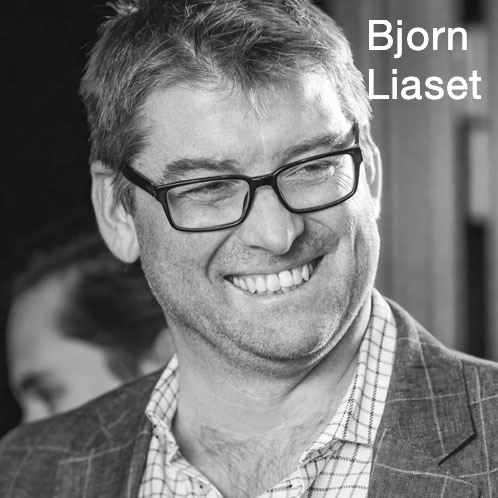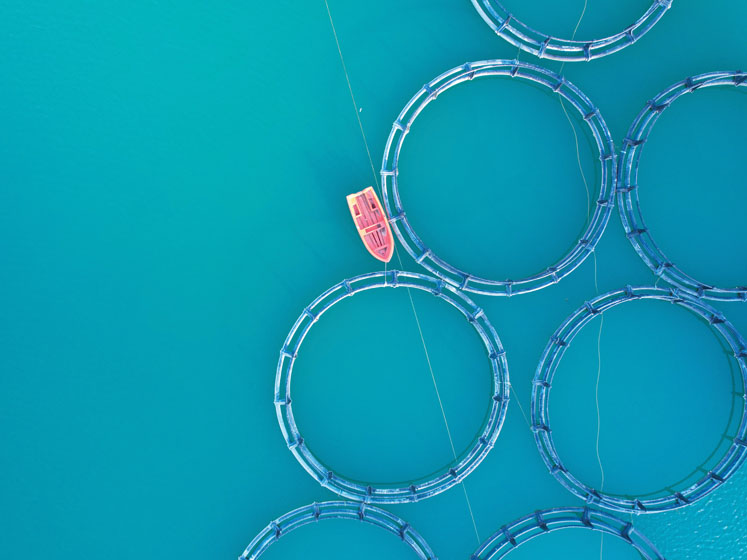As the sector reviews global food operations, it has already started moving from a traditional “take, make, dispose” system to a circular model. This has enabled bioprocessors to upcycle underutilised residues, offering sustainable, nutritious and affordable food options without exploiting the world’s resources.
This movement is attested to by the Ellen McArthur Foundation.1 Its report, “Explaining the Circular Economy,” noted that we are now entering an era of rethinking and redesigning the way we make use of our food resources.
The organisation highlighted that success relies on the implementation of new perspectives, technology innovations and creativity when it comes to waste or “rest” streams and how we can use them to build a sustainable and restorative food economy.
A global challenge
Estimates put the amount of food lost and underutilised at the processing stage in the region of 30.6 million tons annually. In fact, the Food and Agriculture Organization (FAO) of the United Nations calculates this as one third of all food produced.2
A report published by the European Commission (EC) compared six studies measuring food loss at different stages of the supply chain. It found that most occurred at the processing or manufacturing stage — varying between 12% to 41% depending on the product under review.3

Contributing factors include inadequate control systems, inefficient operation and poor use of equipment. Additionally, spoilage caused by suboptimal handling and storing conditions, damage incurred during transportation and cold chain inefficiencies are all impacting the food chain.3
It is becoming clear that to improve the efficiency of food production systems, the food industry must work closely with processors to innovate and develop regenerative strategies. Upcycling and the use of high-value rest streams, such as those found in the aquaculture sector for the development of nutrient-rich ingredients, is one of those sectors.
Circularity for the greater good
The development of bioprocessing facilities that enable circularity in the food industry is a proven way to upcycle unused rest streams.3 In time, bioprocessing initiatives will become a standard part of the industrial “backbone” and drive a future in which rest streams are seen for their true value.
The Green Deal, the ambitious plan to make Europe carbon neutral by 2050, outlined that businesses will soon be expected to develop “closed loops” to minimise waste during food processing to reduce environmental impacts.
This would require deep implementation to meet Europe’s objective of reducing the recyclable (including organic) content in landfilled waste down to 25% by 2025 — as per the EC Landfill Directive.4
A sustainable aquaculture industry is one of the interventions that will facilitate this drive. According to the FAO, a successful aquaculture industry must include blue food systems that are circular — such that the valuable nutrients in fish rest streams are captured and repurposed. This would ensure that additional nutritional capacity is added to global food systems.

A recent IFFO article highlights that the greatest opportunity to increase the amount of seafood available to us is to simply reduce how much we discard.5 We can only do this by making better use of the by-products accrued from processed marine assets.
This also follows a 2016 report from the University of Stirling. The report estimated that, globally, 12 million tons of by-product in processing facilities is left uncollected, which could be used for the production of marine ingredients. In time, the goal must move to use 100% of all marine assets caught to create a truly circular economy.6
Building systems for a resilient aquaculture industry
It’s no secret that our marine and aquaculture resources are under immense pressure. Not only through overfishing but because of the unsustainable use of these natural and high-value resources.
Like most seafood and freshwater fish, salmon is a nutrient-dense foodstuff that contains high-quality proteins, omega-3 fatty acids, micronutrients such as B12, B6 and D, and trace minerals such as selenium and iodine.
When we discard the parts not deemed to be suitable for consumer tastes, we lose all the nutrient-rich raw materials too.
The good news is that as education regarding the importance of building a resilient aquaculture system continues to grow, it is fast becoming a priority in many countries.
We are currently seeing initiatives such as “The Feed the Future Bangladesh Aquaculture and Nutrition Activity,” which aims to increase the production of aquaculture systems, and the “Development and Scaling of Sustainable Feeds for Resilient Aquatic Food Systems in Sub-Saharan Africa (FASA)” project, which focuses on developing and delivering resilient aquatic food systems that could benefit the nutritional profile of the population on the African continent.7,8
The future of rest stream optimisation
As the conversation around upcycling gains momentum, we expect to see opportunities in the development of high-value products and ingredients for use in the nutrition and petfood markets grow. The biomega patented production system makes use of food-grade and non-GMO enzymes to transform high-quality salmon rest streams into peptides and oils.
The flagship human nutrition product, SalMe Peptides, is produced at a state-of-the-art biorefinery in Hirtshals in Denmark. This facility meets the aspirations of the European-based LIFE CONQUER project that focuses on the sustainable use of valuable salmon rest raw material in the salmon processing industry, including the production of salmon peptides and oil for the human nutrition market.9,10
Transformative thinking is at the heart of the biomega business ethos and we are constantly working towards developing a secure and sustainable global food system with all our stakeholders.
It is only by working together that we can make careful use of our valuable food resources and enhance the nutritional value of food products and supplements from previously underutilised rest streams for the benefit of consumers globally.
References
- ellenmacarthurfoundation.org.
- www.fao.org/in-action/seeking-end-to-loss-and-waste-of-food-along-production-chain/en/.
- https://cordis.europa.eu/programme/id/H2020_BBI-2016-F01.
- https://eur-lex.europa.eu/legal-content/EN/TXT/?uri=CELEX:31999L0031.
- www.weforum.org/agenda/2022/09/feed-world-sustainably-reduce-fish-waste/.
- www.iffo.com/university-stirling-report-future-availability-raw.
- https://worldfishcenter.org/publication/feed-future-bangladesh-aquaculture-and-nutrition-activity.
- https://worldfishcenter.org/blog/developing-sustainable-aquatic-feeds-resilient-aquatic-food-systems-sub-saharan-africa.
- https://www.lifeconquer.eu/about/.
- Funded by the European Union: views and opinions expressed are, however, those of the author(s) and do not necessarily reflect those of the European Union or CINEA. Neither the European Union nor the granting authority can be held responsible for them.
